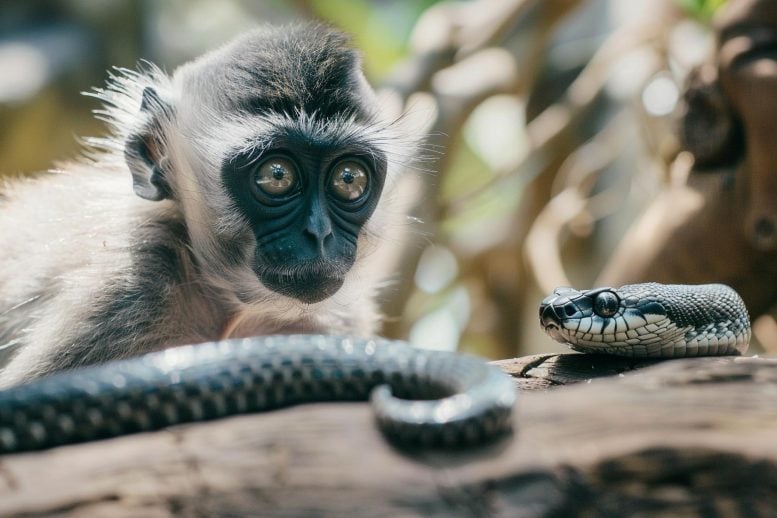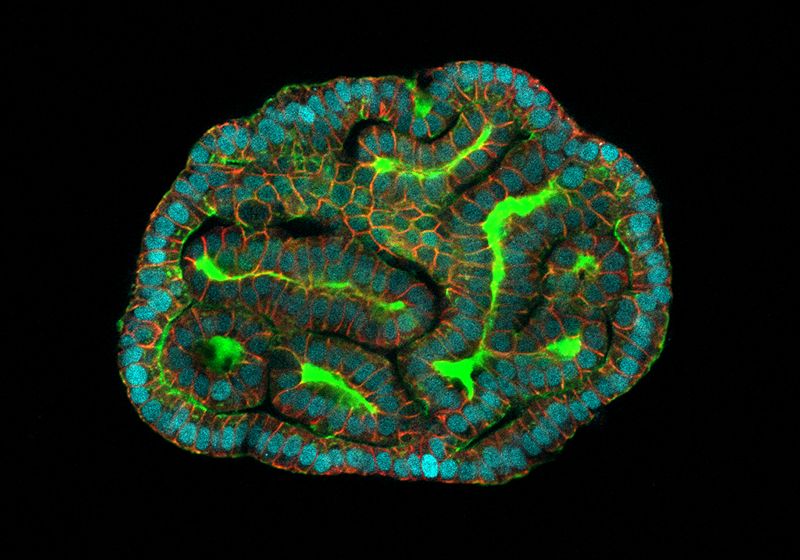
Mazarrón II, a 2,600-year-old Phoenician shipwreck, has been successfully recovered off Spain‘s southeastern coast after being submerged for centuries. The discovery is a milestone in underwater archaeology, providing valuable insights into Phoenician maritime technology.
Archaeologists have hailed the recovery of Mazarrón II as one of the most intact examples of ancient Phoenician naval construction. The shipwreck, discovered in 1994, has remained remarkably preserved, offering an unprecedented opportunity to explore the craftsmanship of one of history’s great seafaring civilizations.
Unveiling the Significance of Mazarrón II
The Phoenician shipwreck Mazarrón II, dating back to the 7th century BCE, was discovered near the town of Mazarrón, along the southeastern coast of Spain in the Murcia region. Found in the shallow waters of the Mediterranean, the ship was preserved by a sandy seabed, which shielded its timber structure for over two millennia. Archaeologists believe the ship capsized during a sudden storm, submerging it and its cargo beneath layers of protective sediment.
The recovery was prompted by the deterioration of the wreck due to modern coastal developments and changes in sea currents, which had eroded its natural protection. Carlos de Juan, director of the excavation and a researcher at the University of Valencia, stated, “This sandy substratum is the chest that has preserved it to this day. What was, at the time, a great misfortune, is today a great blessing for archaeology.”
Key Features of Mazarrón II
To illustrate the ship’s uniqueness, the following highlights were noted by researchers:
- Condition: The ship’s wooden hull and carpentry techniques are largely intact, a rarity for Phoenician-era artifacts.
- Significance: It is one of the most complete Phoenician shipwrecks ever discovered, offering a glimpse into maritime technology largely overshadowed by other ancient Mediterranean civilizations, like the Greeks and Romans.
Preserving a Maritime Marvel
A team of 14 specialists, coordinated by the University of Valencia and the regional culture ministry of Murcia, conducted the recovery over two months, from September 13 to November 7, 2024. Divers meticulously transported wooden fragments to the surface, where they were transferred to a conservation laboratory at the Museum of Underwater Archaeology in Cartagena.
The ship’s design demonstrates a fusion of regional influences and unique Phoenician craftsmanship, which researchers believe was tailored to Mediterranean trade routes. Early analysis suggests the construction techniques reflect an advanced understanding of naval architecture, emphasizing durability and functionality.
De Juan highlighted the importance of this find, stating, “The wreckage can no longer remain where it is because its sand protection is now disappearing. [It] has survived for centuries, but now it is time to… ensure that we can continue to enjoy this asset of cultural interest.”
Phoenician Maritime Legacy
The Phoenicians, a civilization based in the modern-day regions of Lebanon, Syria, and Israel, thrived between 1500 and 300 BCE. Renowned for their innovations in trade and shipbuilding, they played a crucial role in establishing trade networks across the Mediterranean. Despite this, little is known about their ship designs due to the scarcity of intact artifacts.
The Mazarrón II stands as a critical discovery, bridging the gap in understanding Phoenician naval ingenuity and shedding light on their adaptation to the demands of Mediterranean commerce. The shipwreck’s preservation and study will likely provide a richer understanding of the Phoenician civilization’s contributions to maritime history.
This remarkable find ensures that the Phoenicians’ innovative legacy continues to resonate in modern archaeological research.
Got a reaction? Share your thoughts in the comments
Enjoyed this article? Subscribe to our free newsletter for engaging stories, exclusive content, and the latest news.










Leave a Comment